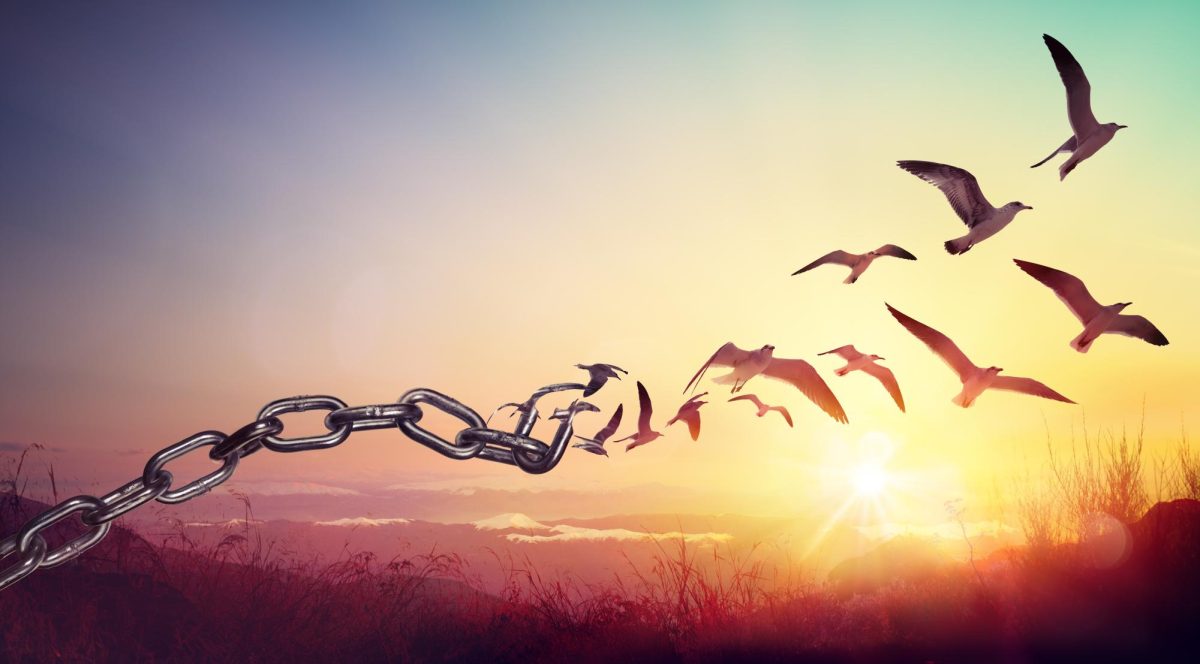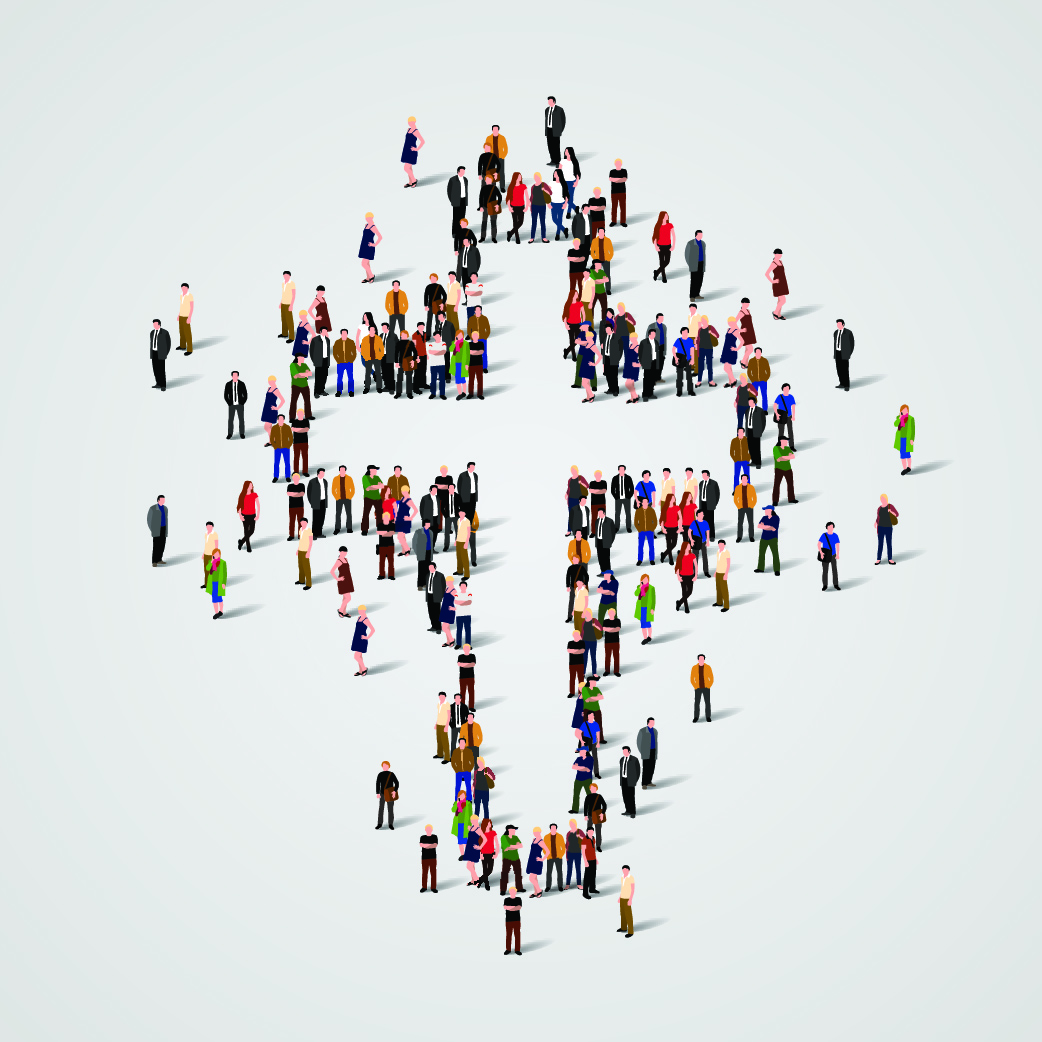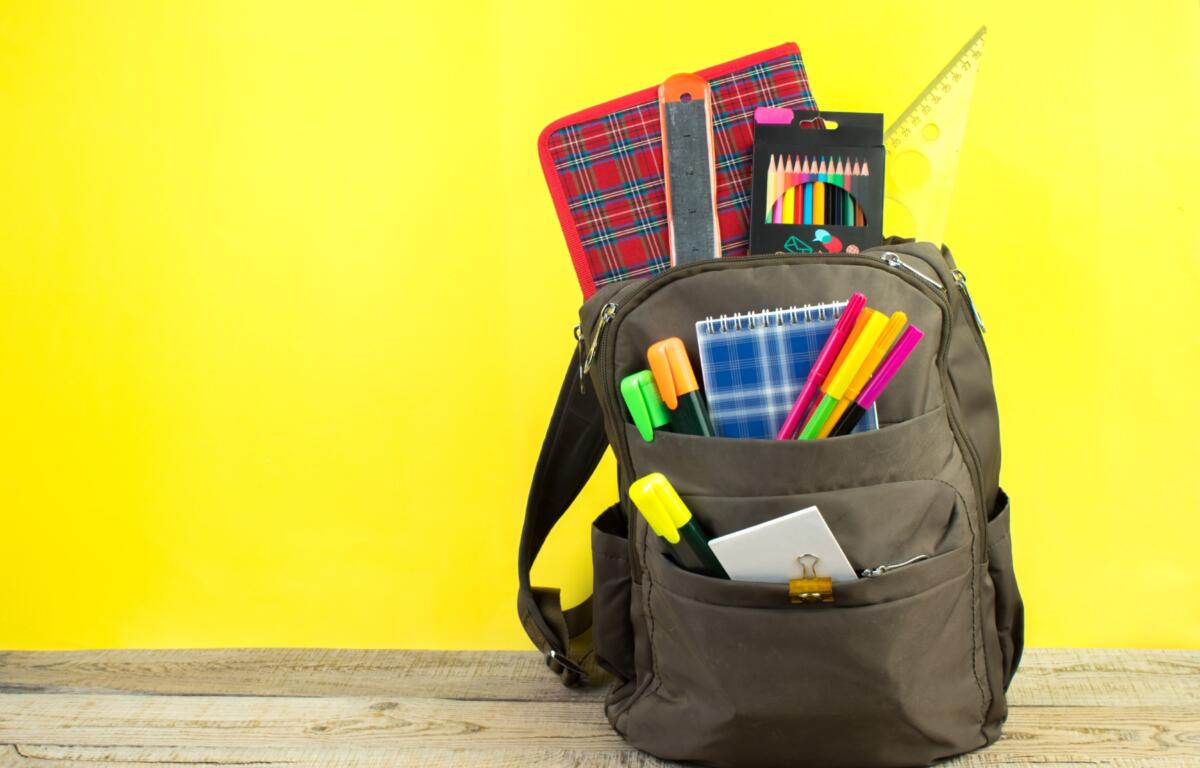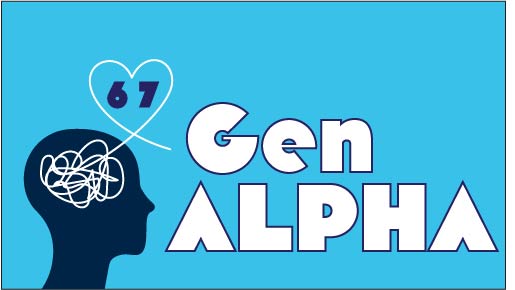Life in New York is largely unrecognizable. For the first time, the subway is shut down overnight. Pools aren’t opening for the summer. Restaurants are boarded up. People with second homes have left the city. The Mayor has closed off many streets to cars, so that people can get out of their homes and exercise outside while maintaining social distancing.
There’s no doubt that the virus is having a terrible impact on the entire country (and world), but there’s a strange eeriness in New York. This is the time of the year when people start streaming out of their apartments because winter is finally over. Instead, we are lucky if we leave our tiny apartments for an hour a day to walk outside while 6 feet apart from anyone else. There is barely any vehicle traffic anymore. Most of the shops are closed, save for the lines for the grocery stores, which wrap around the block. It’s a city that’s used to constant action, and interaction between millions of people. Yet, now it has been grounded to an abrupt stop.
The sound of sirens outside are even more stark as we hear of the hundreds of deaths every day. We all know someone who has had the virus and of people who have died. The headlines are full of stories about how the homeless have taken over the subway because staying in shelters poses a greater risk of contracting COVID than being able to spread out on the empty trains. We see tents set up outside of hospitals that are makeshift morgues to expand capacity. Suddenly, small interactions that used to be routine–buying snacks at the bodega, thanking the takeout delivery man–seem like interactions that could be dangerous for us and for them. Grocery stores stopped accepting cash because the virus could live on the bills. Still, there are other moments when you remember you’re in New York. The bodega man still greets you, even though he’s behind a giant plastic sheet and mask now. Everyone peeks out of their windows at 7PM to cheer and bang pots and pans for the healthcare workers. The little kids are still scooting around on their scooters, even though they are wearing masks and have learned to move six feet away from other pedestrians.






